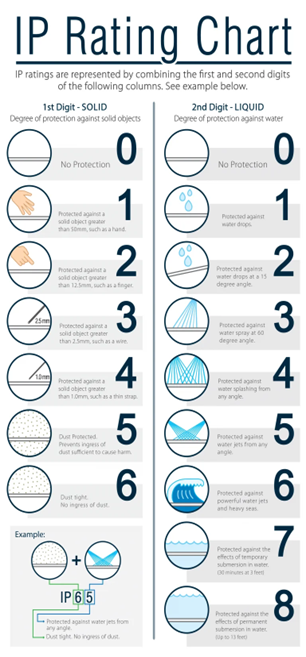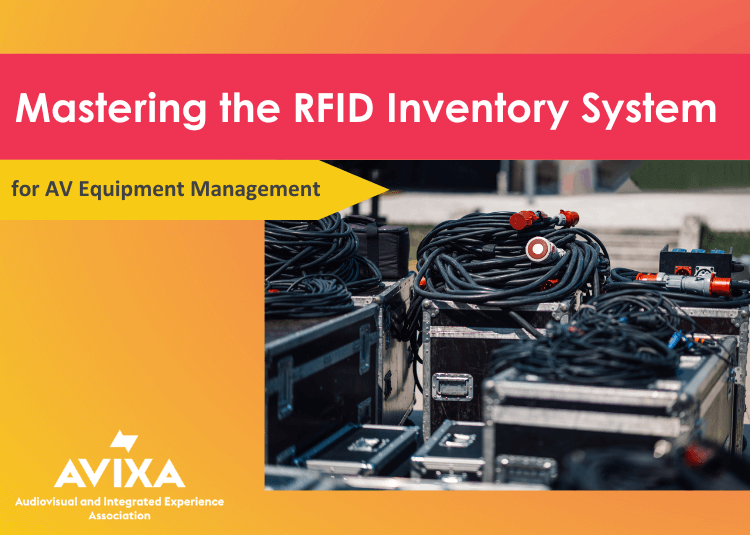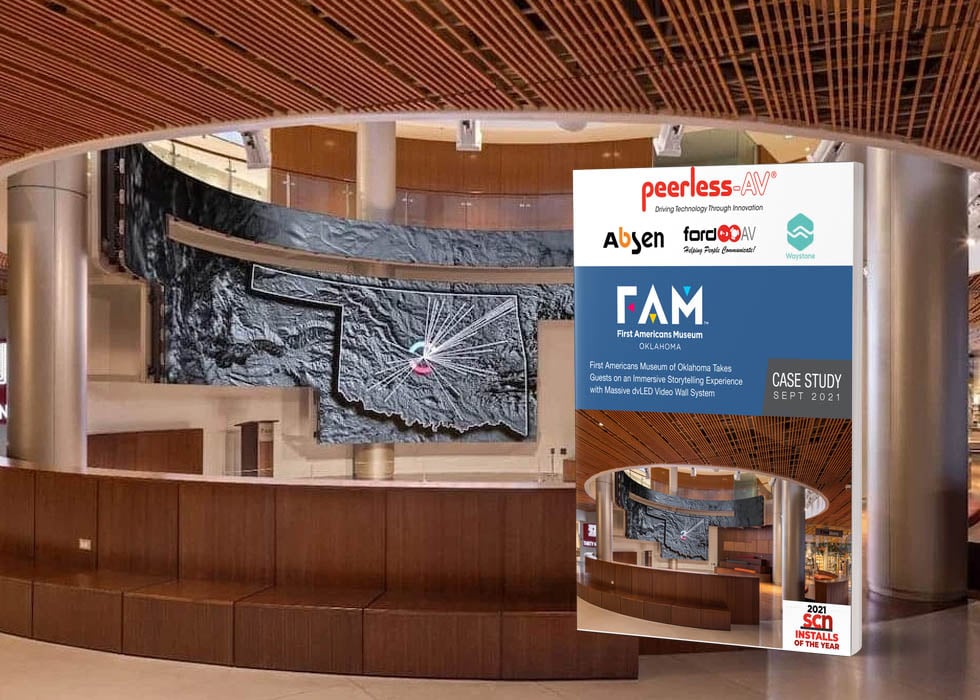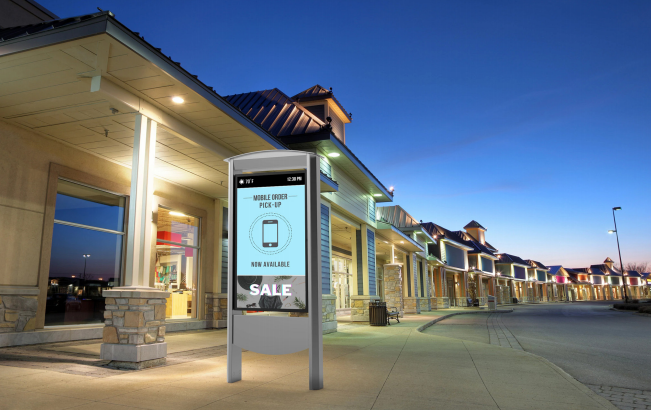News & Trends
IP Ratings Explained, and More!
In commercial AV, we live and work in a world of specifications. Specifications are intended as our guidelines to tell us something about a product we will design into a commercial AV application. The ones we work with every day (at least for displays) are elements such as resolution, light output, and mounting patterns. In audio, for example, it is power ratings, sound pressure levels, speaker dispersion patterns, and microphone sensitivity. Yes, I have oversimplified, but the point is that there are specifications we work with repeatedly. We build this into our everyday activities since these are embedded in our minds. One specification not top of mind for many is ingress protection (IP) ratings. This can affect audio and video electronics and any electrical component in a system. Our objective is to explain why IP ratings are essential, what they mean, and what might be needed in your project design.
In short, IP ratings allow for comparing sealing levels among different types of electrical enclosures. The international IP rating deals with a product’s resistance to environmental factors. It helps contractors, electricians, engineers, and AV system designers understand how an enclosure is protected from solids and liquids.
File safety under necessity is the mother of invention. This is the main reason IP ratings were developed to protect the end users and those who install electrical components in any environment. Generally, IP ratings indicate what level of protection a particular enclosure provides and how it shields electrical components so that the product can function as intended.
When a manufacturer requires product IP rating, it must be tested by an independent, certified organization. Numerical IP ratings are assigned to products by that company to indicate how well they protect against solids and liquids. A certified IP rating allows manufacturers to confidently claim their products provide a high level of protection. By doing so, it legitimizes the item, giving the customer peace of mind that they can determine whether a product meets their needs.
Additionally, a user of IP-rated equipment is fully aware of its protective measures (or lack thereof), so they can properly clean the equipment and work safely, with less risk of injury to themselves or damage to the equipment. Now to the proverbial nuts and bolts of IP ratings. The following is all you probably need to know about IP ratings. Still, at the end, we will go into elements that affect commercial display applications, mainly digital signage, so stay tuned.
IP Ratings
The IEC has developed ingress protection (IP) ratings, which grade the resistance of an enclosure against the intrusion of dust or liquids. The ratings are widely used throughout the industry.
What does an IP rating measure?
An IP rating consists of three key metrics:
- Ingress resistance, accidental or otherwise
- Foreign body r
- esistance (dust, dirt, etc.)
- Resistant to moisture ingress
IP ratings generally consist of two digits, sometimes followed by a letter indicating specific materials, hazards, or testing scenarios. In most cases, you'll see a rating in the format 'IP43', 'IP67', or similar.
The first digit will be a number between 0-6 and indicates the degree of protection from ingress of solid objects (the user themselves and other potentially harmful particulates such as dust or dirt).
The second digit in an IP rating will be between 0-9, denoting the quality of resistance to moisture ingress at varying intensities, angles, depths, and pressures of exposure or immersion.
What IP Rating Will You Need?
A lower IP rating will suffice if you don't expect a harsh environment that is extremely dusty or wet. In places with a great deal of dust, debris, or the possibility of being in contact with any solids or liquids, you'll want to ensure that the IP ratings are high and that you have adequate water-resistant or waterproof coatings on your display.
- Examples of IP Ratings and Uses
- Low IP ratings are appropriate for:
- Indoor use
- Inside sealed signage
- High IP ratings are appropriate for the following:
- Unsealed outdoor locations
- Places that have a lot of debris
- Areas with heavy foot traffic
- High-contact areas (people touching them)
- Wet locations
- Low IP ratings are appropriate for:
So now you know the basics of IP ratings… but with commercial displays in general and digital signage in particular, there is more to learn. First, for all commercial displays, there are two important specifications:
- One is the operating temperature range where the displays will reside. This is often ignored on the high and/or low side.
- The second specification is the degree of moisture that the display can withstand. It is typically in the 80% condensing range. This means where the humidity in the environment begins to form water droplets. This, too, is overlooked more often than not.
The dust and debris factor is the other big issue not in the specifications. Most flat panels do not have filters, so the display outside and inside is open to the environment. Dust accumulating on the electronics can radically affect the display's lifespan. Again, this needs to be addressed.
Finally, there is the mean time between failure (MTBF) on individual components and assembled circuitry. This is never published for a display's electronics but is part of each display's design, engineering, and manufacturing process. The MTBF of a display, inclusive of all components and boards, involves three issues:
- First is the quality of the components.
- Second, is the quality of the manufacturing process (putting components into circuit boards).
- Third is the effect of all the above plus environmental IP issues on components.
In my experience, IP ratings are relegated to the most obvious project design considerations. It is outdoors, so obviously, IP needs consideration. Stop right there. Unless an environment is temperature, humidity, and dust/debris-controlled, IP must be seriously considered. When, where, and how much is up to the AV systems designers, but stopping at the obvious is not good AV design best practice… just saying.








.png?sfvrsn=519c2f3c_1)








